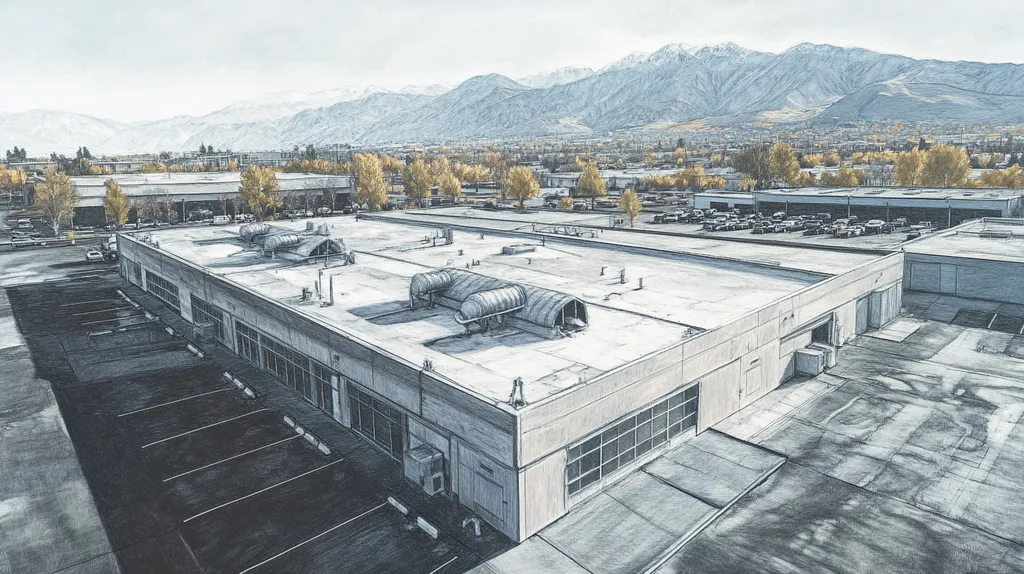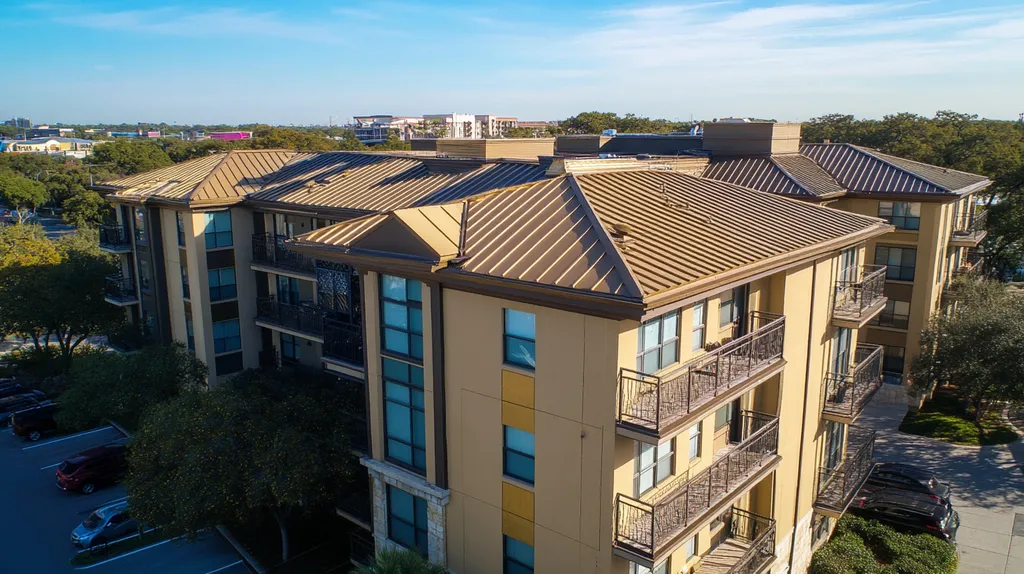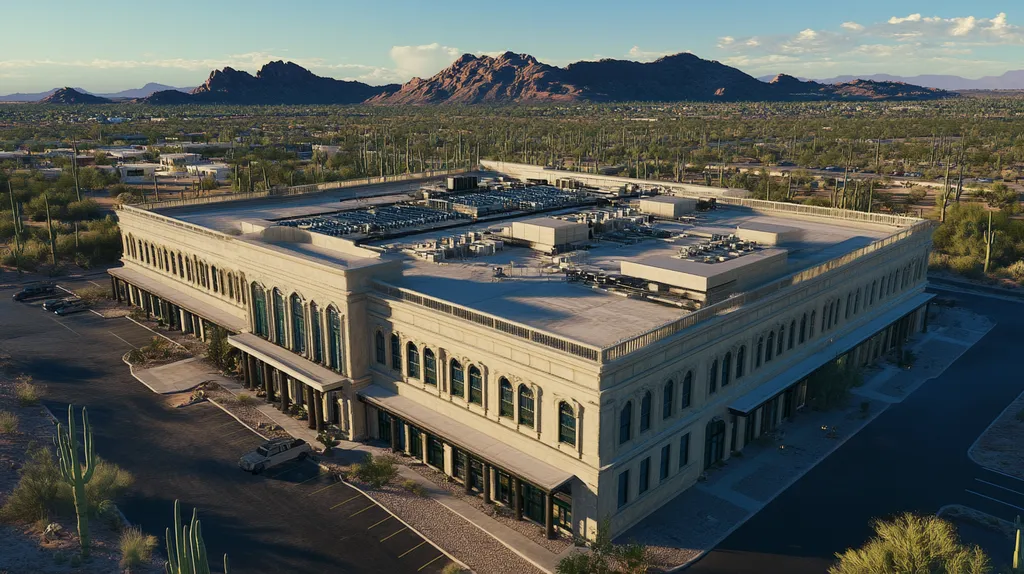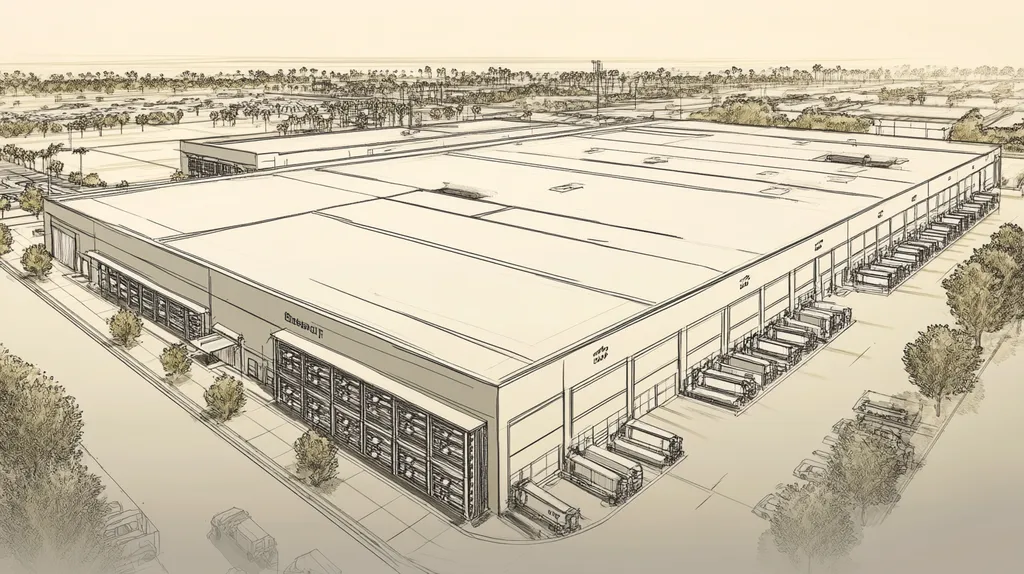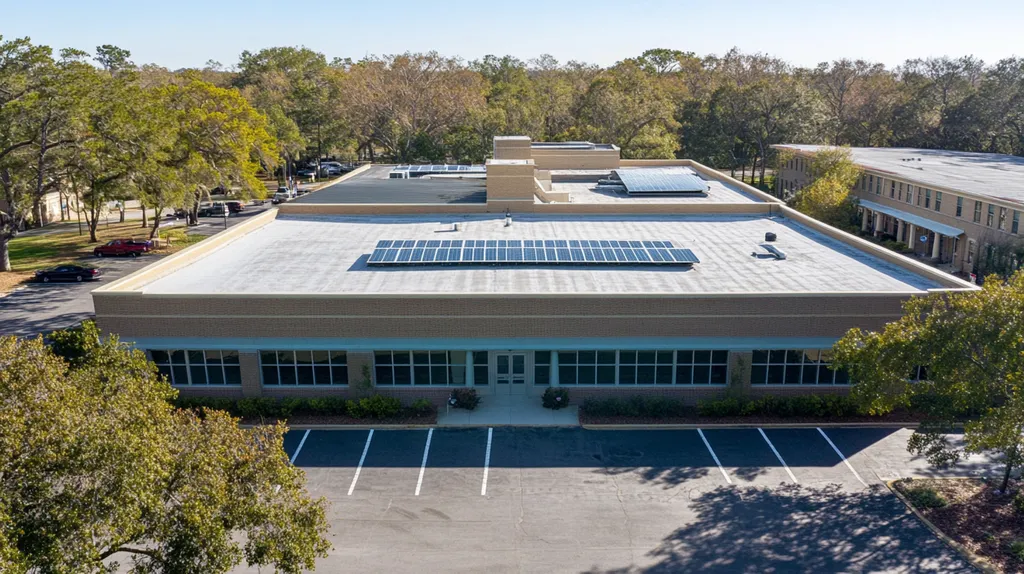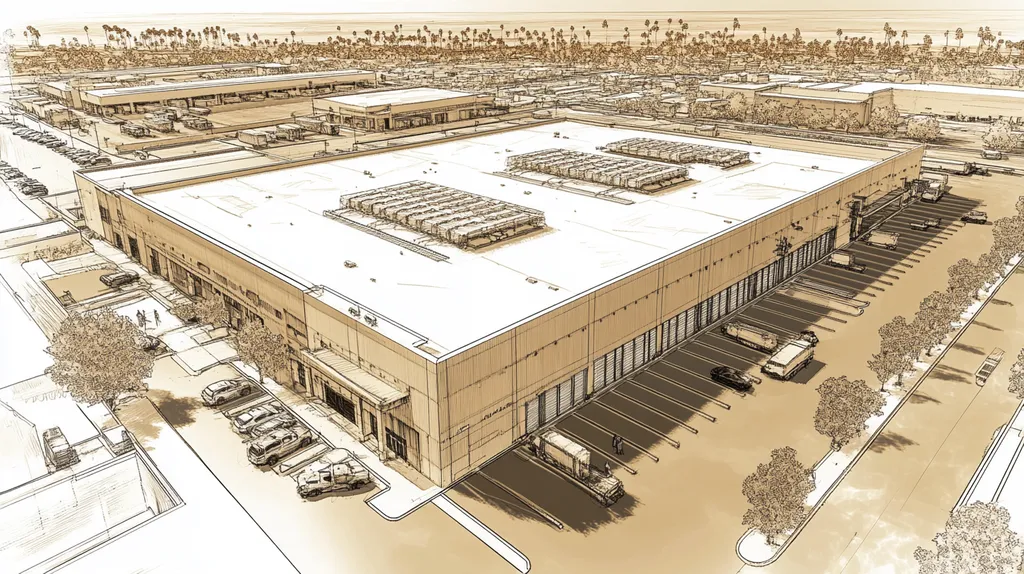Commercial roof coatings require significant changes to maintenance, monitoring, and operational procedures – yet 68% of facility managers fail to implement proper post-coating protocols in the first year after application.
This oversight leads to coating failures costing U.S. businesses over $580 million annually in premature replacements and emergency repairs.
From performance assessment and financial planning to regulatory compliance and risk mitigation, facility managers must understand the comprehensive adjustments needed to protect their coating investment and extend roof lifespan.
This actionable guide outlines the essential changes and protocols required after coating application, providing a systematic approach to maximizing coating effectiveness through proper maintenance, monitoring and operational best practices.
SECTION 1: PERFORMANCE FACTORS
Proper procedures after applying a roof coating are essential to avoid diminishing the performance of a commercial roof. With approximately 75% of commercial roof systems over 20 years old, facility managers face significant pressure to ensure these roofs remain sound and functional. Failing to conduct thorough assessments and ongoing monitoring can lead to unexpected operational costs and premature roofing failures.
Assessing Roof Condition Pre-Coating
A comprehensive assessment of the current roof condition is crucial before applying a coating. Facility managers must look for underlying issues such as leaks, blisters, or structural damage. Overlooking these challenges can undermine the coating’s effectiveness and may result in expensive repairs down the line.
Technologies like infrared thermography can help detect hidden moisture beneath the roof’s surface. A roof that appears intact may, in fact, conceal serious problems that can jeopardize the coating application. Tackling these hidden issues from the start paves the way for the best possible outcome.
Furthermore, evaluating the roof’s slope is essential. Low spots can trap water, leading to accelerated coating wear and mold growth. Ensuring adequate drainage and surface integrity sets the groundwork for a successful coating application.
Key Action Items
Evaluating Coating Material Performance
Choosing the right coating material is vital for ensuring long-term performance. Different coating types—like silicone, acrylic, and polyurea—have distinct properties tailored to specific environments. Facility managers must align the coating characteristics with their building’s unique needs.
For instance, silicone coatings excel in waterproofing capabilities but may struggle in high-traffic areas or when exposed to harsh chemicals. Conversely, acrylic coatings offer flexibility but require regular upkeep to fend off degradation from UV rays.
Additionally, adhering to manufacturer specifications regarding film thickness and application conditions is paramount. Neglecting these guidelines can compromise the coating’s performance, negating the benefits of the investment. A well-selected coating applied properly can significantly extend the roof’s lifespan and enhance energy efficiency.
Key Action Items
Monitoring Post-Coating Energy Efficiency
Monitoring energy efficiency after coating application is crucial. Roof coatings can significantly enhance a building’s thermal performance, potentially slashing energy costs by as much as 30%. Facility managers should diligently track energy usage to fully realize these advantages.
Establishing a baseline for energy consumption before and after the coating helps identify improvements or emerging issues. Regular assessments can uncover problems such as coating degradation or inadequate reflectivity.
Implementing smart building technologies can further optimize monitoring efforts. Sensors can provide real-time data on roof temperature and energy performance, enabling timely interventions if necessary. Consistent monitoring fosters a proactive maintenance strategy, ensuring the coating’s ongoing effectiveness and the building’s operational efficiency.
Key Action Items
SECTION 2: FINANCIAL CONSIDERATIONS
The financial implications of coating a commercial roof are significant and can greatly influence a facility’s budget and long-term performance. With rising costs, making informed decisions can result in substantial savings on repairs and replacements. Without a clear grasp of these financial considerations, facility managers risk encountering unanticipated expenses and shortening the roof’s lifespan.
Cost-Benefit Analysis of Coating vs. Replacement
Conducting a thorough cost-benefit analysis is vital when deciding between roof coating and replacement. Replacement costs can vary from $5 to $10 per square foot, influenced by the roofing material and installation complexity. In contrast, a coating application typically ranges from $1 to $3 per square foot, presenting a more budget-friendly option.
However, the roof’s actual condition and historical performance must be considered. A well-applied coating can extend the life of existing roofs by an impressive 10 to 15 years, making it an attractive and financially prudent choice. Facility managers should also prepare for future expenses, considering factors like increased energy costs due to poor insulation.
A detailed risk assessment can help identify any lingering issues that may affect the coating’s effectiveness. If foundational problems exist, coating alone may not be enough, leading to additional expenses sooner than expected. Furthermore, the downtime during the application process can disrupt operations, making it essential to account for these factors in any financial evaluation.
Key Action Items
Budgeting for Coating Application and Maintenance
Effectively budgeting for roof coating involves accounting for both initial application costs and ongoing maintenance expenses. Initial cost estimates should cover surface preparation, material selection, and labor, which can vary significantly based on the roof’s complexity.
Regular maintenance is crucial in maximizing a coated roof’s longevity. Facility managers must allocate resources for routine inspections to ensure optimal performance and lifespan. This includes budgeting for repairs or touch-ups as needed to maintain the coating’s integrity.
Additionally, considering potential warranty claims provides a financial safeguard against unforeseen issues. Understanding the limitations of warranties and the claims process can significantly reduce long-term financial risks. Furthermore, setting aside a contingency fund for unexpected weather damage or application failures is essential to safeguard the budget.
Key Action Items
Long-Term Cost Savings and ROI
Investing in a roof coating can lead to significant long-term cost savings. By extending the roof’s lifespan, facility managers can delay costly full replacements, which can be a significant financial burden. Studies have shown that a well-maintained coated roof can contribute to energy savings of up to 30% due to improved reflectivity and insulation.
A properly maintained roof doesn’t just reduce costs; it enhances the building’s value and curb appeal. This improvement often translates into higher occupancy rates in commercial properties, ultimately boosting revenue. As roofs age, repair costs can rise dramatically, which makes early investment in coatings a smart financial strategy.
Moreover, a proactive maintenance approach tied to timely coating applications minimizes emergency repairs, helping to avoid unexpected expenses. Regular upkeep can prolong the roof’s lifespan and eliminate costly rectifications.
In summary, when viewed over the long term, the ROI for roof coatings often surpasses initial costs, making the financial advantages clear as facility managers experience reduced operating expenses and enhanced building longevity.
Key Action Items
SECTION 3: COMPLIANCE REQUIREMENTS
Neglecting compliance with local building codes, energy efficiency standards, and environmental regulations after a roof coating can lead to significant risks. These include hefty fines and safety hazards that could threaten both the building’s value and occupant safety. With nearly 30% of commercial properties facing non-compliance issues during inspections, facility managers must stay vigilant about adherence to regulations. This section highlights the key compliance requirements that must be addressed following a roof coating application.
Adhering to Local Building Codes and Regulations
Local building codes set the essential standards for roofing materials and construction methods. Because coating applications can change a roof’s structural integrity and fire rating, reviewing local regulations is vital. Facility managers should ensure that their roofing systems comply with current codes to avoid penalties or costly modifications.
Applying coatings often requires obtaining a permit, and neglecting this step can expose a facility manager to significant liabilities. Some jurisdictions mandate inspections to verify adherence to safety and structural standards, further emphasizing the importance of compliance.
Moreover, adhering to building codes can streamline future insurance claims related to weather events, making compliance a critical element of risk management. Engaging a certified roofing professional can facilitate compliance and help managers efficiently navigate these requirements.
Key Action Items
Meeting Energy Efficiency Standards
Energy efficiency standards are becoming increasingly important for commercial roofs. Many areas impose regulations that mandate new roofs or coatings meet specific energy performance criteria. Coatings with reflective properties can significantly lower energy consumption within buildings, making compliance essential.
For example, using Energy Star® certified products can lead to energy savings up to 15%. Facility managers must verify that their chosen coatings comply with energy efficiency criteria to benefit from potential incentives and rebates.
Proper documentation is crucial in validating compliance with energy efficiency standards. Failing to maintain this documentation can hinder future energy audits or certification processes. Investing in energy-efficient coatings simultaneously addresses compliance and enhances property sustainability, improving marketability.
Key Action Items
Ensuring Environmental Compliance
Environmental regulations play a crucial role in the roofing industry, particularly concerning materials and waste disposal. Many coatings contain volatile organic compounds (VOCs) that can impact air quality. Facility managers should ensure all coatings comply with local regulations regarding VOC emissions to avoid legal issues.
Additionally, proper disposal of old roofing materials must adhere to state and federal waste management guidelines. Ignoring these regulations can expose a facility to substantial fines and damage its reputation.
Opting for environmentally-friendly coatings can simplify compliance and help reduce the overall environmental footprint. Certifications such as GreenSeal can assist property managers in selecting compliant options, contributing to broader sustainability efforts.
Key Action Items
SECTION 4: RISK MANAGEMENT
Effective risk management is essential after applying coatings to commercial roofs. Ignoring potential concerns can lead to severe financial repercussions and safety risks. Research shows that unchecked coating failures can elevate maintenance costs by up to 30%. This section outlines critical risks such as coating failures, weather impacts, and structural integrity, each necessitating careful monitoring.
Identifying Potential Coating Failure Risks
Coating failures reveal themselves through issues like peeling, bubbling, and discoloration. Detecting these problems early enables facility managers to implement preventive strategies. For instance, inadequate surface preparation before coating application may incur remediation costs averaging $5,000 or more.
Routine inspections following the coating application are vital, with experts recommending evaluations at least biannually. Focus should be given to seams, transitions, and high-traffic areas to prevent minor issues from escalating into larger, more expensive complications.
Common failure causes include poor adhesion, environmental factors, and low-quality materials. To manage these risks effectively, facility managers should collaborate with experienced contractors who can assess conditions and suggest the most effective coatings for each specific scenario.
Key Action Items
Mitigating Weather-Related Damage
Weather conditions significantly influence newly coated roofs. Extreme temperatures, heavy rainfall, or intense UV exposure can degrade coatings. For example, thermal shock, caused by rapid temperature variations, may lead to cracks and fissures in the roof.
To combat weather-related challenges, it’s crucial to maintain effective drainage systems. Standing water can undermine the coating and roof structure, necessitating regular checks on gutters and downspouts to keep them clear.
Furthermore, incorporating UV-resistant coatings enhances protection from sunlight while improving energy efficiency. Investing in these materials initially can yield long-term savings through reduced maintenance costs down the road.
Key Action Items
Addressing Structural Integrity Concerns
Post-coating, it’s essential to evaluate the structural integrity of the roof. Coatings can add weight, which may strain aging roof structures. Undetected vulnerabilities could result in significant failures, posing risks to the roof and the overall building.
Facility managers should conduct comprehensive inspections of supporting components. This includes evaluating trusses, beams, and decking for any signs of deterioration. Taking preemptive actions can help avert costly structural repair needs.
Working with certified roof inspectors ensures that the roof is capable of supporting the coating system, resolving potential issues before they develop. Ongoing structural evaluations should be a standard part of maintenance routines to catch any stability concerns early.
Key Action Items
SECTION 5: OPERATIONAL PROCEDURES
Implementing effective operational procedures is vital for the longevity and performance of commercial roofs after coating applications. Skipping essential steps in inspections, application methods, and ongoing maintenance can lead to early roof failure and increased repair costs. Research indicates that well-maintained roofs can last up to 50% longer than neglected ones. Facility managers should prioritize three main areas: pre-coating inspections and repairs, best practices during application, and a thorough post-coating maintenance schedule.
Pre-Coating Inspection and Repair Process
The pre-coating inspection is a critical step toward ensuring the durability of commercial roofs. Facility managers must look for signs of water damage, blistering, and membrane deterioration. Identifying these issues early can protect the coating’s overall effectiveness.
Any repairs discovered during this phase need to be addressed before applying the coating. Ignoring underlying problems can lead to severe moisture intrusion, culminating in costly repairs later. Utilizing tools such as infrared scans or moisture meters can significantly enhance the inspection quality.
Thorough documentation of the inspection findings and repairs is essential. This record helps track the roof’s condition over time and serves as a reference for future maintenance activities. Furthermore, working with qualified roofing professionals during this phase ensures that the right evaluation techniques are employed, setting a strong foundation for the coating application.
Key Action Items
Coating Application Methods and Best Practices
Choosing the correct coating application method is essential for ensuring both strong adhesion and durability. Professionals should evaluate the substrate and environmental conditions to decide whether to spray, roll, or brush on the coating.
Environmental factors, including temperature and humidity, can have a significant impact on curing. For optimal results, coatings should be applied in dry conditions within specified temperature ranges. Adhering to manufacturers’ recommendations is crucial for ensuring that the coating performs as expected.
Applying multiple thin layers rather than one thick layer yields better coverage and adhesion. This method supports proper curing, minimizes the risk of pooling, and ensures a uniform surface that maintains the coating’s integrity over time. Consistent communication with the coating manufacturer can further optimize the application process.
Key Action Items
Post-Coating Maintenance and Inspection Schedule
Following the application of roof coatings, establishing a robust maintenance and inspection regimen is key to preserving roof integrity. Regular inspections should ideally occur every six months to identify wear, damage, or adhesion issues as they arise.
Facility managers should prioritize scheduled maintenance tasks like removing debris from the roof, checking flashings, and performing minor repairs. This proactive approach addresses small issues before they escalate into significant problems requiring expensive fixes.
Additionally, any noticeable changes in roof performance or visible wear should be documented to evaluate the coating’s effectiveness over time. This information will be invaluable for future repair or replacement decisions, reinforcing the advantage of ongoing maintenance planning.
Key Action Items
SECTION 5: OPERATIONAL PROCEDURES
Effective operational procedures are critical to maximizing the performance and lifespan of commercial roofs after coating applications. Neglecting fundamental steps in inspections, application methods, and ongoing maintenance can lead to early failures and increased expenses. Research shows that roofs receiving regular care can last up to 50% longer than neglected ones. Facility managers should concentrate on three essential areas: thorough inspections and repairs before coating, adhering to best practices during coating application, and establishing a proactive post-coating maintenance schedule.
Pre-Coating Inspection and Repair Process
The pre-coating inspection is the first critical step in ensuring a roof’s durability. Facility managers should actively assess for signs of water damage, blistering, or membrane deterioration. Identifying these problems upfront can shield the coating’s effectiveness for the future.
Addressing any repairs identified during this process is essential before the coating is applied. Neglecting these underlying issues can lead to severe moisture intrusion, resulting in costly repairs down the line. Using advanced tools like infrared scans or moisture meters can enhance the inspection process significantly.
Meticulous documentation of inspection findings and repairs is vital. This record aids in tracking the roof’s condition over time and serves as an invaluable reference for future maintenance. Including qualified roofing professionals in this phase ensures that best evaluation practices are observed, forming a robust foundation for successful coating application.
Key Action Items
Coating Application Methods and Best Practices
Choosing the right coating application method is vital for ensuring strong adhesion and durability. Professionals should evaluate the substrate and environmental conditions to select the best technique—whether spraying, rolling, or brushing.
Environmental factors such as temperature and humidity can significantly impact the curing process. To achieve optimal results, coatings should be applied in dry conditions and within specified temperature ranges. Adhering to manufacturer guidelines is crucial to ensure the coating performs effectively.
Applying multiple thin layers rather than one thick layer can enhance coverage and adhesion. This technique supports proper curing, minimizes pooling, and maintains the coating’s integrity. Consistent communication with the coating manufacturer ensures the correct application methods are being used, safeguarding warranty coverage as well.
Key Action Items
Post-Coating Maintenance and Inspection Schedule
After coating application, setting a rigorous maintenance and inspection schedule is essential for maintaining roofing integrity. Regular inspections—ideally every six months—allow for early identification of any wear, damage, or adhesion issues.
Facility managers should prioritize maintenance tasks such as cleaning debris from the roof, inspecting flashings, and conducting minor repairs promptly. This proactive approach prevents minor issues from escalating into significant problems requiring costly interventions.
Additionally, documenting any noticeable changes in roof performance or visible wear over time is crucial to tracking the coating’s effectiveness. This information becomes invaluable for future considerations regarding repairs or replacements, reinforcing the importance of ongoing maintenance planning.
Key Action Items
The Bottom Line
With 68% of facility managers failing to implement proper post-coating protocols, the risks of coating failure and premature roof replacement loom large for commercial properties.
The financial impact is staggering – over $580 million annually in avoidable repairs and replacements across U.S. businesses.
Success requires a systematic approach spanning performance monitoring, financial planning, regulatory compliance, risk management, and operational procedures.
Facility managers who implement comprehensive post-coating changes see up to 50% longer roof lifespans and 30% reduction in energy costs.
The evidence is clear: proper post-coating protocols aren’t just about maintenance – they’re essential investments that protect both the building envelope and the bottom line.
FREQUENTLY ASKED QUESTIONS
Q. What should I assess about my commercial roof before applying a coating?
A. You should inspect for leaks, blisters, and structural damage. Utilizing tools like infrared thermography can help reveal hidden moisture. Proper slope evaluation is also essential to prevent water trapping that might damage the coating.
Q. How can I calculate the costs of commercial roof coating vs. replacement?
A. Conduct a cost-benefit analysis comparing replacement costs, which can range from $5 to $10 per square foot, to coating, which typically averages $1 to $3 per square foot. Also, factor in potential life extension and future energy savings in your evaluation.
Q. What compliance requirements should I meet for my commercial roof?
A. You must adhere to local building codes, obtain necessary permits, and ensure materials meet energy efficiency standards. Regular inspections can also help confirm compliance with safety and structural regulations to avoid penalties.
Q. What risks should I monitor for after coating my commercial roof?
A. Monitor for signs of coating failures such as peeling and bubbling. Weather-related damage like thermal shock and standing water can degrade the coating, while structural integrity must be evaluated regularly to prevent potential issues.
Q. How often should I inspect my commercial roof after coating?
A. It is recommended to schedule inspections every six months to identify early signs of wear or damage. Regular maintenance tasks should also be performed to address any minor issues before they escalate into larger problems.
Q. Can I use any type of coating on my industrial roof?
A. Ensure you select coatings that are compatible with your industrial roof type and environment. Different coatings have unique properties, and factors like foot traffic, chemical exposure, and UV resistance must be considered for the best results.
Q. What maintenance practices should I implement after coating?
A. Implement regular cleaning, inspections, and minor repairs as needed. Document any changes in performance and adjust maintenance strategies based on your findings to ensure the longevity of your commercial roof’s coating.

